Home>Garden Essentials>How Often Do You Water Grass Seed
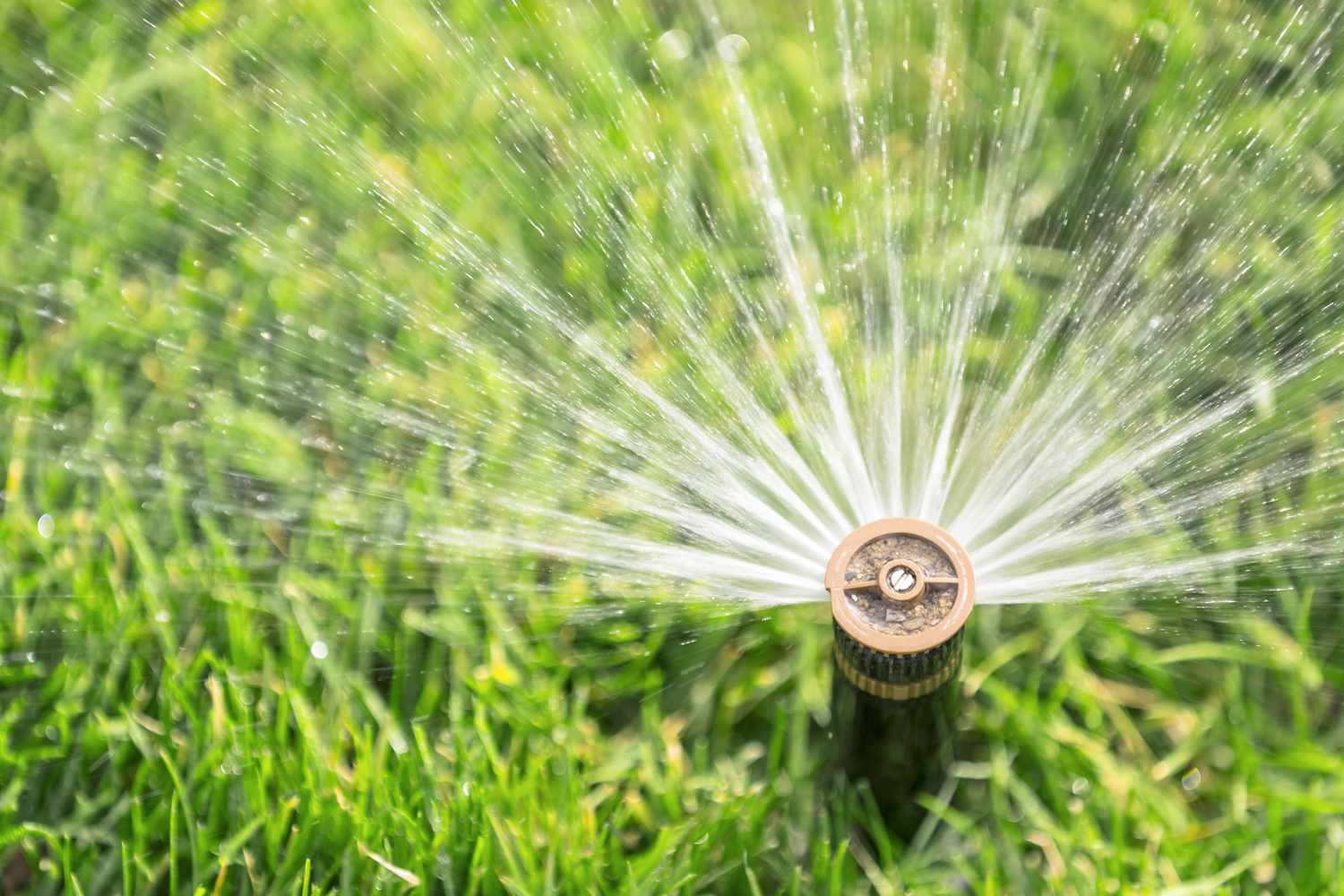

Garden Essentials
How Often Do You Water Grass Seed
Modified: April 22, 2024
Ensure the healthy growth of your garden by understanding how often to water grass seed. Discover expert tips and techniques for watering your garden efficiently.
(Many of the links in this article redirect to a specific reviewed product. Your purchase of these products through affiliate links helps to generate commission for Storables.com, at no extra cost. Learn more)
Introduction
Growing a lush, healthy lawn starts with properly caring for your grass seed. One crucial aspect of nurturing new grass seed is providing it with the right amount of water. Watering frequency plays a vital role in seed germination, root development, and overall growth. How often you water grass seed depends on various factors, including the growth stage, environmental conditions, and the seed’s specific requirements.
In this article, we will explore the different factors that affect watering frequency and provide helpful tips to ensure your grass seed thrives. Whether you are starting a new lawn or overseeing a renovation project, understanding how often to water grass seed is essential for achieving the beautiful green lawn you desire.
Key Takeaways:
- Proper watering is crucial for healthy grass growth. Factors like seed type, soil type, and weather affect watering frequency. Monitoring moisture levels and adjusting watering accordingly is key to success.
- Overwatering and underwatering can harm grass. Signs include wilting, yellowing, slow growth, and pest infestation. Deep, infrequent watering and monitoring soil moisture are essential for healthy grass.
Read more: How Often Do You Water Cilantro Seeds
Factors Affecting Watering Frequency
Several factors influence how often you should water your grass seed. By considering these factors, you can tailor your watering regimen to meet the specific needs of your lawn, promoting healthy growth and preventing issues such as overwatering or underwatering.
- Seed Type and Variety: Different grass seed varieties have varying water requirements. Some grasses, such as Kentucky bluegrass, prefer more frequent watering, while others like buffalo grass are more drought-tolerant and require less water. Consult the seed packaging or research the specific requirements for the grass seed you are using.
- Soil Type: Soil composition affects water retention and drainage. Soil with high clay content retains water longer, requiring less frequent watering, while sandy soil drains more quickly and may need more frequent watering. Understanding your soil type will help you determine the appropriate watering schedule.
- Temperature and Weather: Hot and dry weather increases water evaporation and may require more frequent watering to keep the seedbed moist. Conversely, cooler temperatures and rainy periods may reduce the need for regular watering. Monitor the weather conditions and adjust your watering accordingly.
- Exposure to Sunlight: Grass seed exposed to direct sunlight will dry out more quickly, requiring more frequent watering. If your lawn receives ample shade, it may require less water.
- Seedbed Preparation: Properly preparing the seedbed is crucial for water absorption and retention. A well-prepared seedbed with good soil contact and an adequate layer of organic matter can help retain moisture and reduce watering frequency.
Keeping these factors in mind will help you understand the specific watering needs of your grass seed and allow you to adjust your watering frequency accordingly. It’s essential to observe your lawn and make adjustments as needed to ensure optimal growth and health.
Initial Watering
The initial watering of your grass seed is a critical step in the germination process. It sets the foundation for healthy root development and establishes a moist environment for the seeds to sprout. Here are some important guidelines for the initial watering:
- Saturate the Seedbed: After spreading the grass seed, lightly rake it into the soil to ensure good seed-to-soil contact. Then, thoroughly water the area. The goal is to saturate the top 1 to 2 inches of the seedbed, creating a moist environment for seed germination.
- Maintain Moisture: During the germination process, it’s crucial to keep the seedbed consistently moist but not waterlogged. Watering once or twice a day, depending on the weather conditions, should be sufficient. Use a gentle spray or sprinkler to prevent seed displacement.
- Be Mindful of Runoff: If you notice water pooling or running off the seedbed, decrease the watering duration or divide it into multiple sessions. This ensures that the water is penetrating into the soil rather than sliding off the surface.
- Monitor Moisture Levels: Check the moisture levels regularly by gently lifting a corner of the turf or top layer of soil. It should be consistently moist but not waterlogged. Adjust the watering frequency and duration as needed to maintain the ideal moisture level.
Properly watering the grass seed during the initial stage sets the groundwork for healthy growth. It promotes seed germination, encourages root development, and allows the young grass to establish itself. Remember to closely monitor the moisture levels to prevent both under and overwatering.
Early Growth Stage
Once your grass seed has germinated and started to grow, it enters the early growth stage. During this stage, the young grass is developing its root system and establishing itself. Proper watering is crucial to support healthy growth and ensure the long-term success of your lawn. Here are some guidelines for watering during the early growth stage:
- Watering Frequency: In the early growth stage, it’s important to keep the soil consistently moist. Water your lawn once every two to three days, depending on the weather conditions. The goal is to ensure the roots have access to water without overwatering the grass.
- Watering Depth: Encourage deep root growth by watering deeply. Aim for watering the soil to a depth of 4 to 6 inches. This encourages the roots to reach deeper into the soil for better nutrient uptake and resilience against drought.
- Watering Time: Water your lawn in the early morning or late afternoon to minimize water loss due to evaporation. Avoid watering in the evening as the prolonged moisture can create favorable conditions for disease development.
- Observe Turf Health: Keep a close eye on the health and appearance of the turf. If the grass starts to show signs of stress, such as wilting, browning, or footprints remaining after walking on it, it may be an indication that it needs more frequent or deeper watering.
- Adjust for Environmental Conditions: Be mindful of changes in weather or temperature. During hot and dry periods, you may need to increase the frequency of watering to prevent the grass from drying out. Likewise, cooler or rainy periods may require less frequent watering.
As the grass enters the early growth stage, it is essential to provide consistent and appropriate watering to support the development of a strong root system. By following these guidelines, you can ensure that your new grass seed receives the water it needs for healthy growth and establishment.
Established Growth Stage
Once your grass has reached the established growth stage, it has developed a strong root system and is more resilient to environmental stress. During this stage, it is important to water your lawn appropriately to maintain its health and vibrancy. Here are some guidelines for watering during the established growth stage:
- Watering Frequency: At this stage, you can reduce the frequency of watering compared to the early growth stage. Water your lawn deeply about once a week, ensuring that the soil is thoroughly saturated.
- Watering Depth: Continue to encourage deep root growth by watering deeply. Aim for a watering depth of 6 to 8 inches to promote strong and drought-tolerant roots.
- Observe Rainfall: Take into account any rainfall your lawn receives. If there has been significant rainfall during the week, you may be able to skip a watering session. However, if there’s been little or no rain, you should supplement with manual watering.
- Check Soil Moisture: Regularly check the moisture levels in the soil. Use a soil moisture meter or simply push a screwdriver into the ground. If it goes in easily and the soil is still moist, you can delay watering. However, if the soil feels dry, it’s time to water.
- Water Early in the Day: Similar to the early growth stage, it’s best to water your lawn in the early morning to allow the grass blades to dry throughout the day. This helps prevent the development of fungal diseases.
- Maintain Proper Watering Technique: Use a low-angle sprinkler or irrigation system to avoid excessive water runoff. Water evenly and slowly to allow for deep penetration into the soil.
The established growth stage is a crucial period for maintaining the health and vigor of your lawn. By watering appropriately and promoting deep root growth, you can help your grass become more resilient against drought and stress. Remember to monitor soil moisture levels and adjust your watering schedule based on environmental conditions and rainfall.
Water newly planted grass seed lightly and frequently, keeping the soil consistently moist but not waterlogged. Aim for 2-3 light waterings per day to prevent the soil from drying out.
Read more: How Often Do You Water Grass Seeds
Environmental Factors
When determining the watering frequency for your grass seed, it is important to consider the environmental conditions surrounding your lawn. Environmental factors can greatly impact the water needs of your grass and influence how often you should water. Here are some key environmental factors to keep in mind:
- Temperature: Hot weather increases evaporation rates, causing moisture to be lost from the soil more quickly. During periods of high temperatures, you may need to water your grass seed more frequently to prevent drying out.
- Humidity: Areas with low humidity can lead to faster evaporation rates, necessitating more frequent watering. Conversely, high humidity levels may reduce the need for as much watering as moisture remains in the air.
- Rainfall: Take into account the amount of rainfall your lawn receives. If there has been ample rainfall, you may be able to reduce the frequency of manual watering. However, during dry periods or if rainfall is insufficient, you will need to supplement with additional watering.
- Wind: Wind can increase the rate of evaporation and cause the soil surface to dry out more quickly. If your lawn is exposed to strong winds, consider increasing the frequency of watering to compensate for the increased moisture loss.
- Slope: Lawns on slopes or inclined areas may require more frequent watering as water tends to run off more quickly. Keep an eye on these areas to ensure the seedbed stays adequately moist.
It’s important to monitor and adapt your watering schedule based on the environmental factors specific to your region. By staying observant and responsive to changes in temperature, humidity, rainfall, wind, and slope, you can ensure that your grass seed receives the optimal amount of water for healthy growth.
Signs of Overwatering
While providing adequate water is crucial for the health of your grass seed, overwatering can have detrimental effects on its growth and overall health. Overwatering occurs when the soil is constantly saturated, leading to poor root development and increased susceptibility to diseases. Here are some signs to look out for that indicate your grass may be receiving too much water:
- Wilting: Surprisingly, overwatered grass may exhibit wilting symptoms similar to underwatered grass. However, the leaves may appear soft and limp rather than dry and brittle.
- Yellowing: Overwatered grass may turn yellow or pale green. The excess water can hinder nutrient uptake and cause nutrient deficiencies, manifesting as discoloration.
- Slow Growth: Despite receiving adequate nutrients, overwatered grass may exhibit slowed growth or even stagnation. This is due to the weakened root system that cannot efficiently absorb nutrients from the waterlogged soil.
- Fungus Growth: Overwatered grass creates a hospitable environment for fungal diseases. If you notice the presence of mold, mushrooms, or unusual patches of slimy or discolored grass, it could be a sign of overwatering.
- Pest Infestation: Excessive moisture can attract pests, such as grubs and mosquitoes, which thrive in wet conditions. If you notice an increase in pests in your lawn, it may be related to overwatering.
- Water Runoff: If you notice water pooling or running off your lawn during watering sessions, it indicates that the soil is already saturated. This is a clear sign that you are overwatering.
If you observe any of these signs, it is crucial to adjust your watering practices to prevent further damage to your grass. Be mindful of the moisture level in the soil and adjust your watering frequency and duration accordingly. Remember that healthy grass requires a balance of moisture, and consistently overwatering can be just as detrimental as underwatering.
Signs of Underwatering
Underwatering can have a negative impact on the growth and health of your grass seed. Insufficient water supply can lead to stunted growth, brown patches, and weakened root systems. It’s important to recognize the signs of underwatering so that you can take prompt action to remedy the situation. Here are some common signs of underwatering:
- Wilting: One of the most apparent signs of underwatering is wilting. When grass does not receive enough water, it begins to droop, and the blades may appear weak or limp.
- Browning: Underwatered grass often develops brown patches or a brownish tinge. This occurs as the grass tries to conserve water and protect itself by going dormant.
- Crispy Texture: The blades of underwatered grass may become brittle or crispy to the touch. This is a result of the grass drying out and lacking the moisture it needs to remain supple.
- Slow Growth: Insufficient water supply can significantly slow down the growth rate of your grass. If you notice minimal growth or lack of progress in new seedlings, it may be due to underwatering.
- Poor Recovery: Unlike healthy grass, which springs back after experiencing foot traffic, underwatered grass may take longer to recover. It lacks the resilience and elasticity that well-hydrated grass exhibits.
- Visible Footprints: If you can see clearly defined footprints or tire marks on your lawn after walking or driving over it, it suggests that the grass lacks the necessary hydration to spring back.
If you notice any of these signs, it is crucial to increase your watering regimen to provide sufficient moisture to the grass seed. Deep and thorough watering is essential to ensure the water reaches the roots and encourages healthy growth. Pay attention to the moisture levels in the soil and adjust your watering schedule accordingly to give your grass seed the hydration it needs to thrive.
Watering Tips
To ensure the optimal health and growth of your grass seed, it is important to follow proper watering practices. Here are some helpful tips to keep in mind when watering your lawn:
- Deep, Infrequent Watering: Water your lawn deeply but infrequently. This encourages deep root growth and helps establish a more drought-tolerant lawn. Aim to water the soil to a depth of 4 to 6 inches during the early growth stage and 6 to 8 inches during the established growth stage.
- Early Morning Watering: Water your lawn in the early morning when temperatures are cooler and winds are calmer. This allows the grass to absorb the water and dry out during the day, reducing the risk of fungal diseases.
- Use Proper Irrigation Techniques: Use a low-angle sprinkler or an irrigation system that provides a gentle, even spray. Avoid high-pressure sprinklers that can cause water runoff and waste water.
- Monitor Soil Moisture: Regularly check the moisture level in the soil using a moisture meter or simple techniques like the screwdriver test. Adjust your watering schedule based on the moisture levels to avoid over or underwatering.
- Consider Smart Irrigation Systems: Consider investing in smart irrigation systems that monitor weather conditions and soil moisture levels to automatically adjust watering schedules. This ensures efficient water usage and prevents overwatering.
- Adjust Watering Based on Environmental Factors: Take into account environmental factors such as temperature, rainfall, humidity, wind, and slope when determining your watering frequency. Adjust your watering schedule accordingly to meet your lawn’s specific needs.
- Mulch to Retain Moisture: Apply a layer of organic mulch around your grass seed to help retain moisture in the soil. Mulch acts as a protective barrier, reducing water evaporation and promoting more efficient water usage.
- Regularly Maintain Your Sprinklers: Ensure that your sprinkler system is in good working condition. Check for any leaks, clogs, or misaligned sprinkler heads, and make necessary repairs. This ensures proper and uniform water distribution.
Following these watering tips will help you establish and maintain a healthy and vibrant lawn. By providing just the right amount of water at the right time, you can promote strong root growth, encourage lush grass growth, and conserve water in the process.
Read more: How Often Should You Water Seeds
Conclusion
Proper watering is essential for the successful growth and establishment of your grass seed. Understanding how often to water your lawn depends on various factors, including the growth stage of the grass, environmental conditions, and the specific requirements of the seed. By considering these factors and following the watering tips outlined in this article, you can ensure the health and vitality of your lawn.
During the initial watering, it is crucial to saturate the seedbed and maintain moisture without overwatering. As the grass seed enters the early growth stage, providing consistent moisture is important to support root development and establishment. Once your lawn reaches the established growth stage, you can reduce the watering frequency but still ensure deep watering for a strong root system.
Environmental factors such as temperature, rainfall, humidity, wind, and slope can significantly impact watering needs. It’s important to monitor these factors and adjust your watering schedule accordingly to maintain the optimal moisture levels. Additionally, being mindful of signs of overwatering or underwatering, such as wilting, browning, slow growth, or pest infestation, helps you take corrective actions promptly.
By following proper irrigation techniques, such as deep, infrequent watering, watering in the early morning, and monitoring soil moisture levels, you can ensure efficient water usage and promote a healthy lawn. Consider investing in smart irrigation systems and apply organic mulch to further conserve water and enhance moisture retention.
In conclusion, understanding how often to water grass seed is key to achieving a lush, vibrant lawn. By considering the specific needs of your grass and the environmental conditions, and implementing proper watering techniques, you can create a thriving landscape to enjoy for years to come.
Frequently Asked Questions about How Often Do You Water Grass Seed
Was this page helpful?
At Storables.com, we guarantee accurate and reliable information. Our content, validated by Expert Board Contributors, is crafted following stringent Editorial Policies. We're committed to providing you with well-researched, expert-backed insights for all your informational needs.
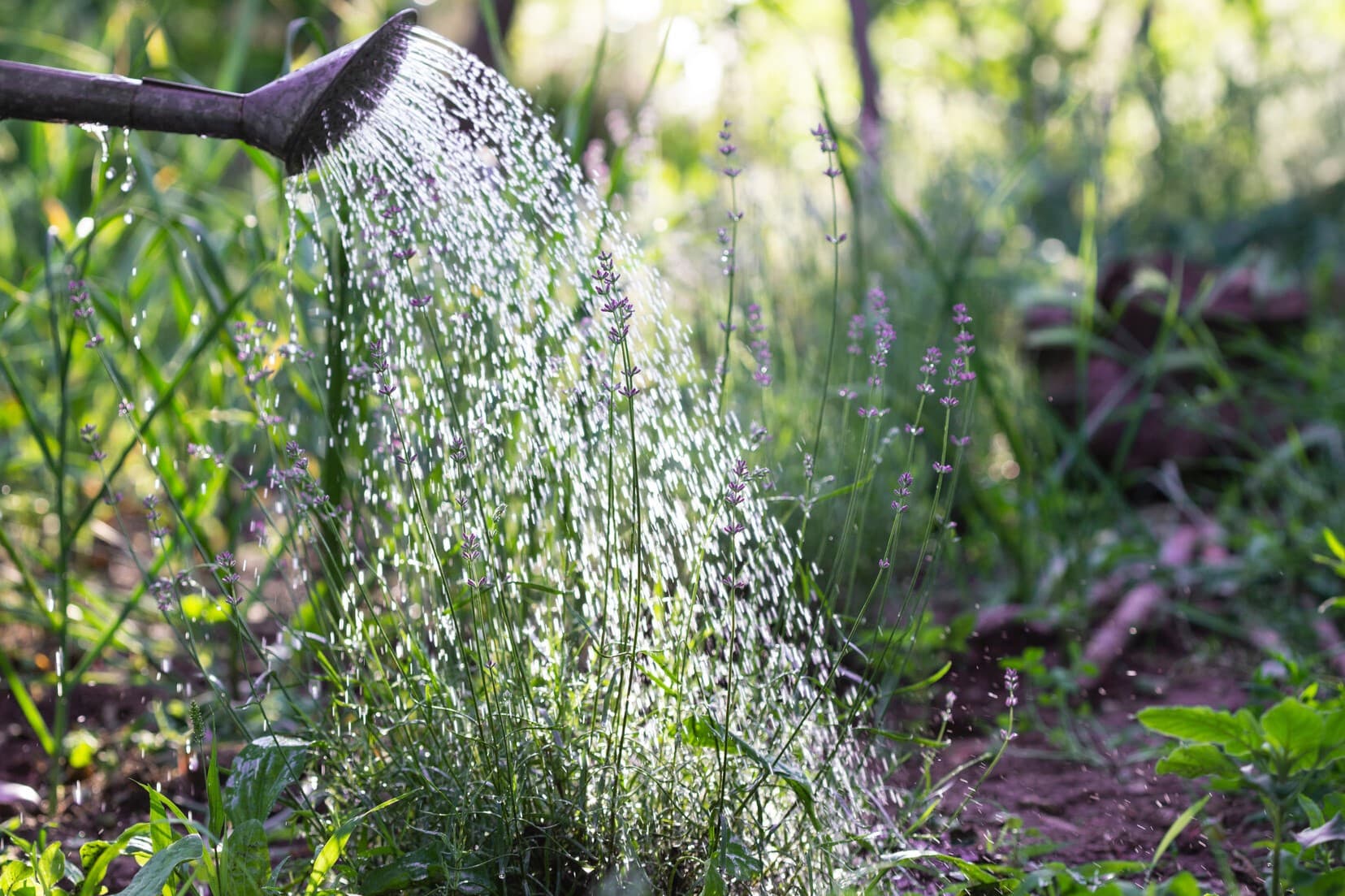


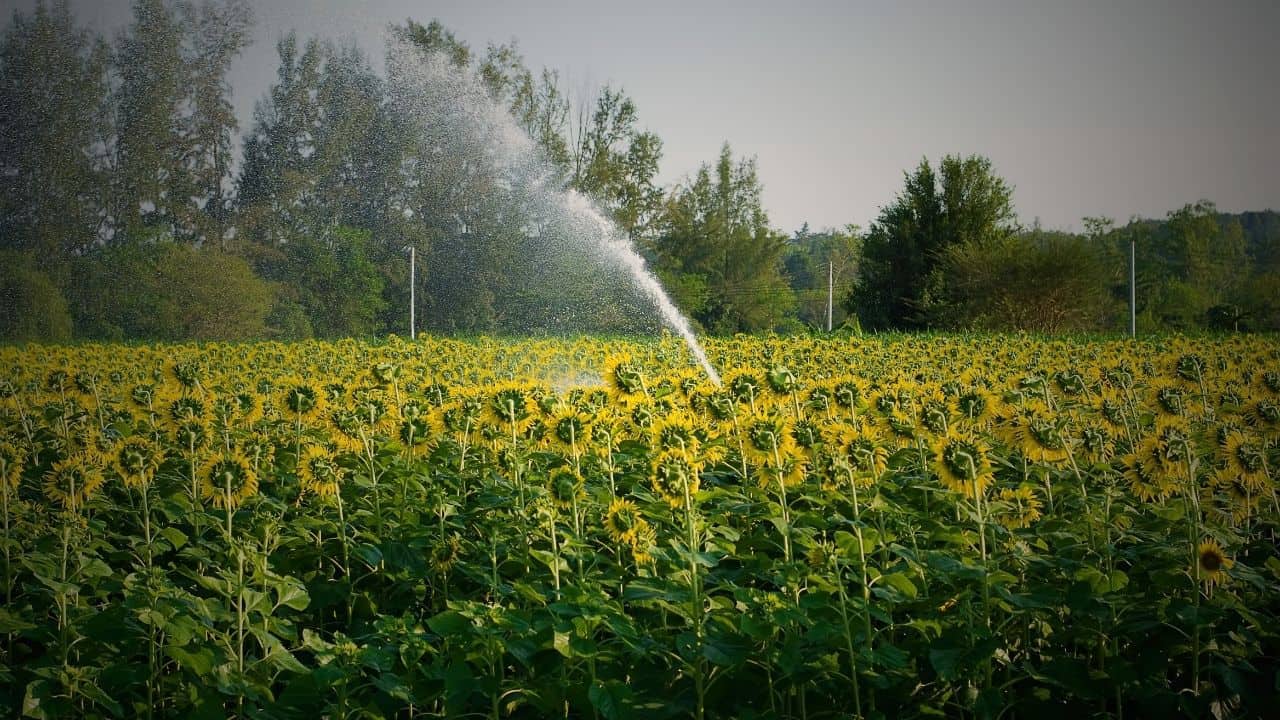
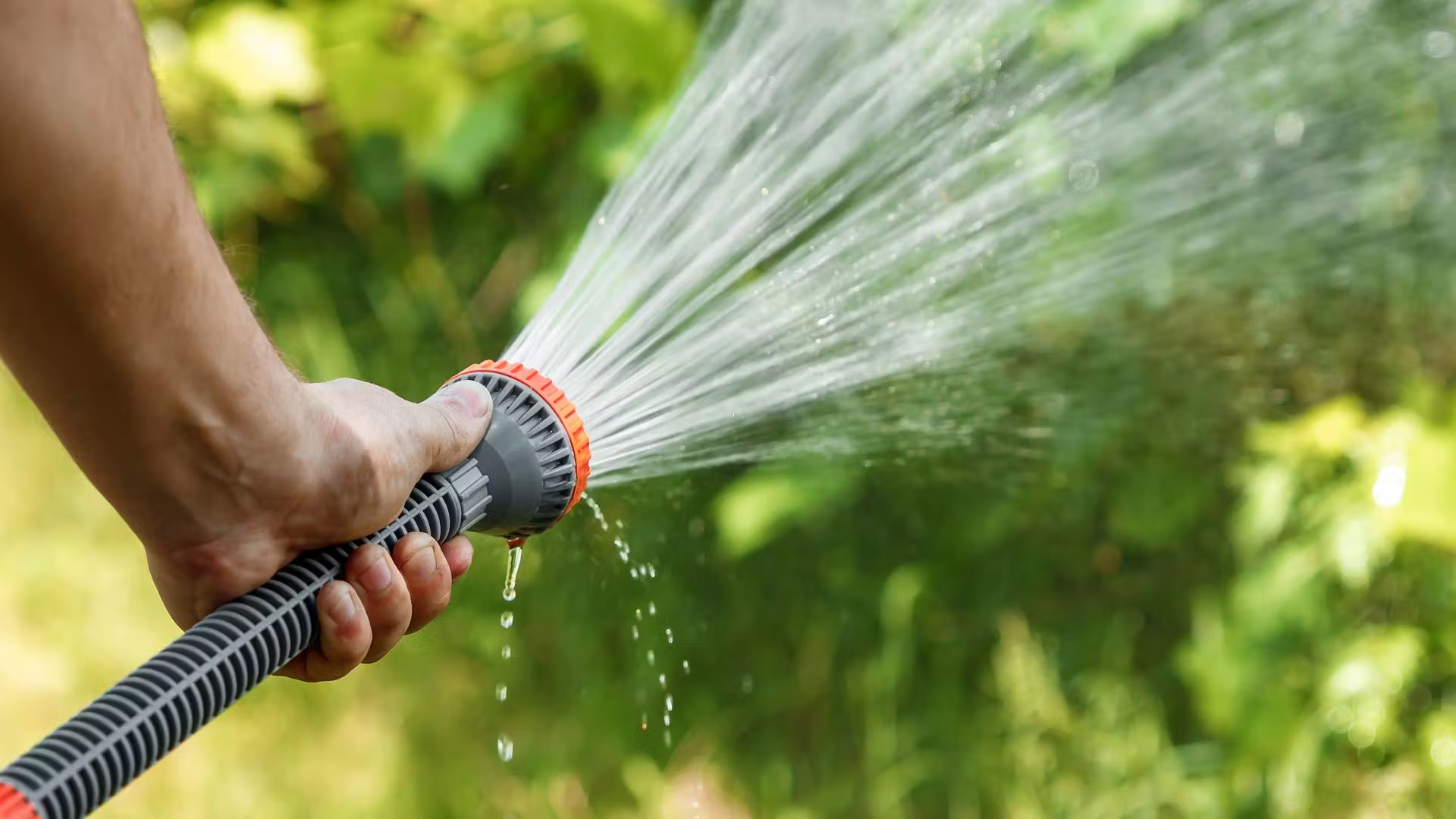
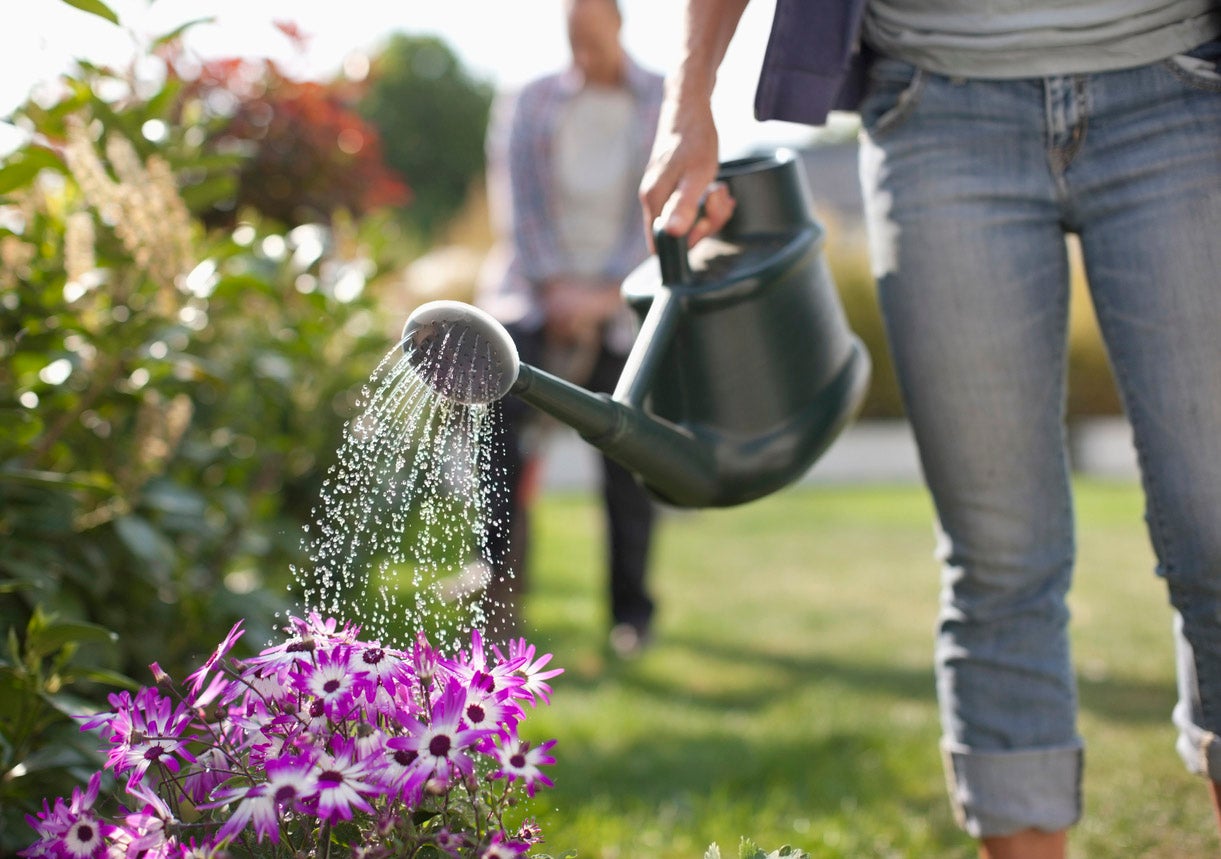
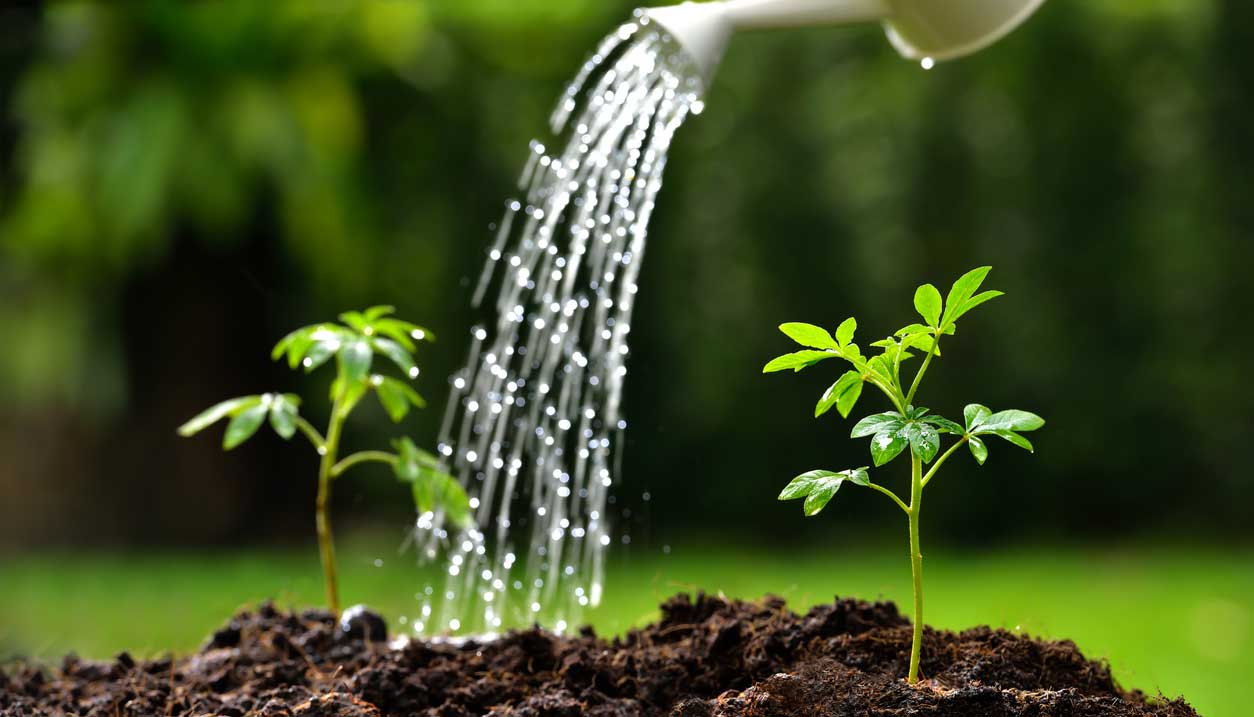
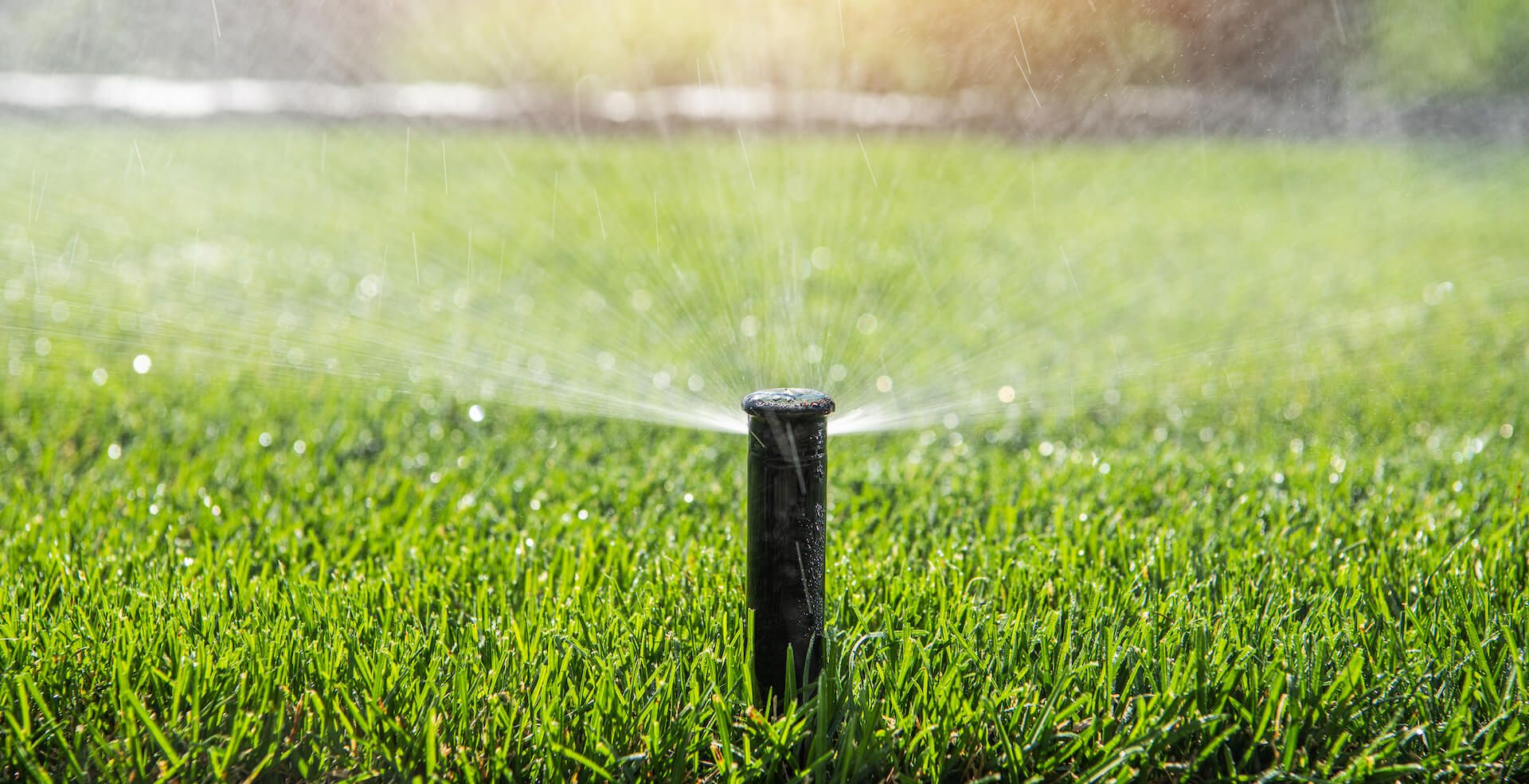

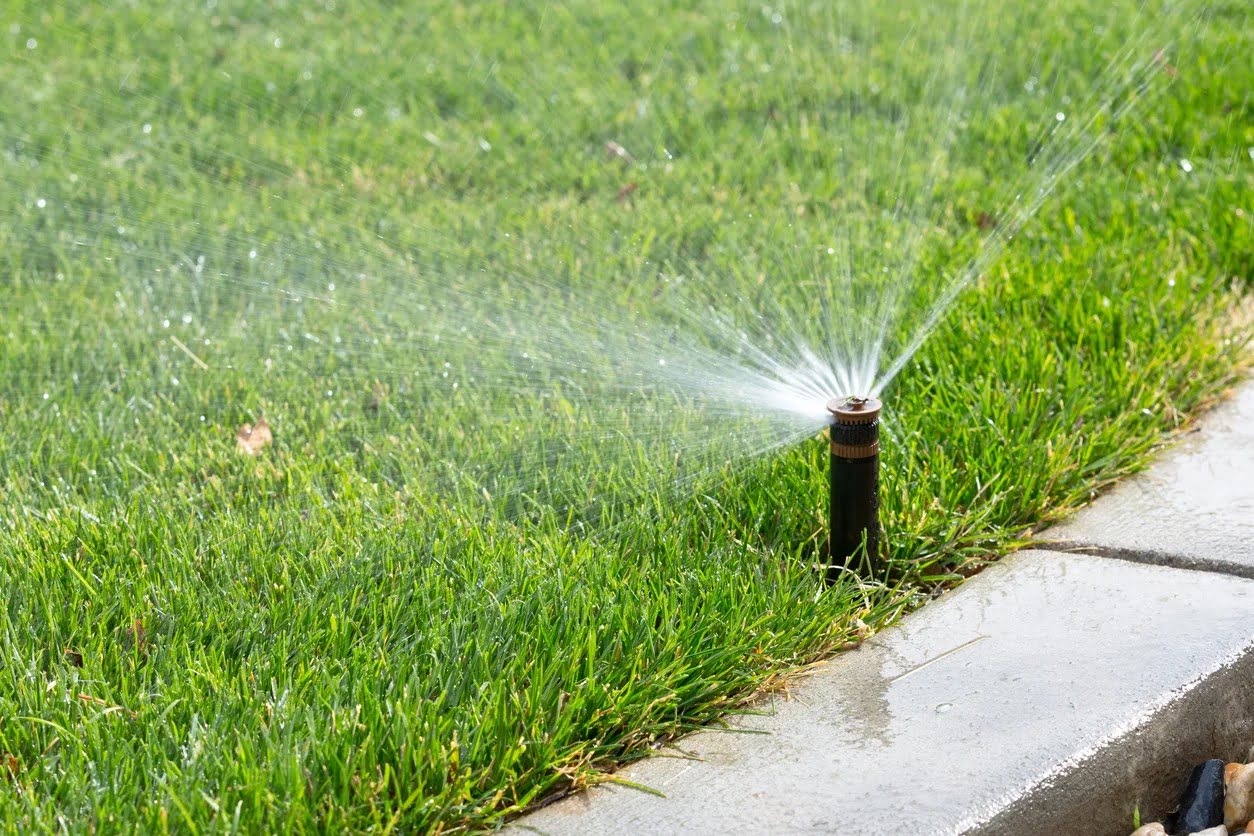
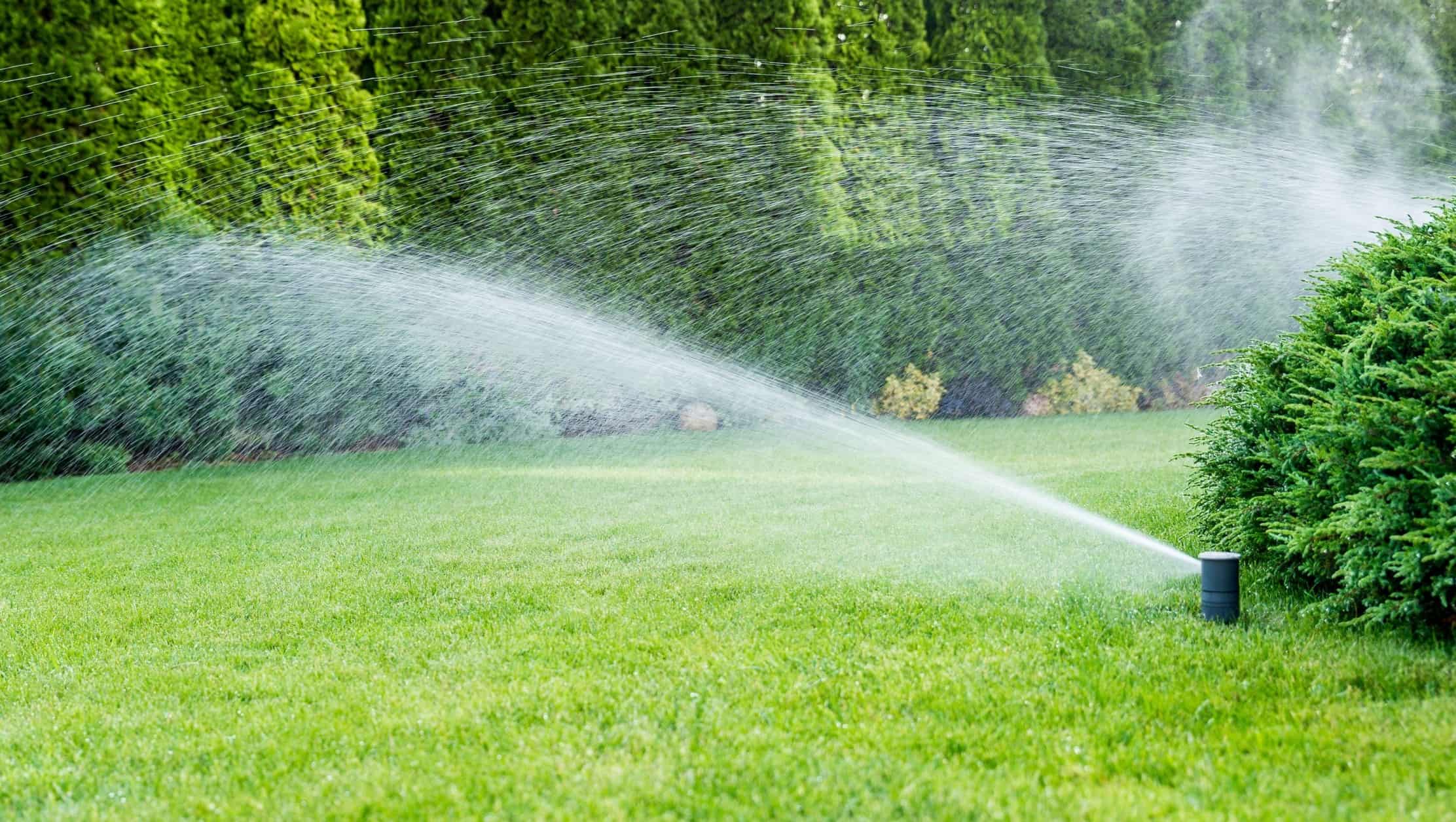
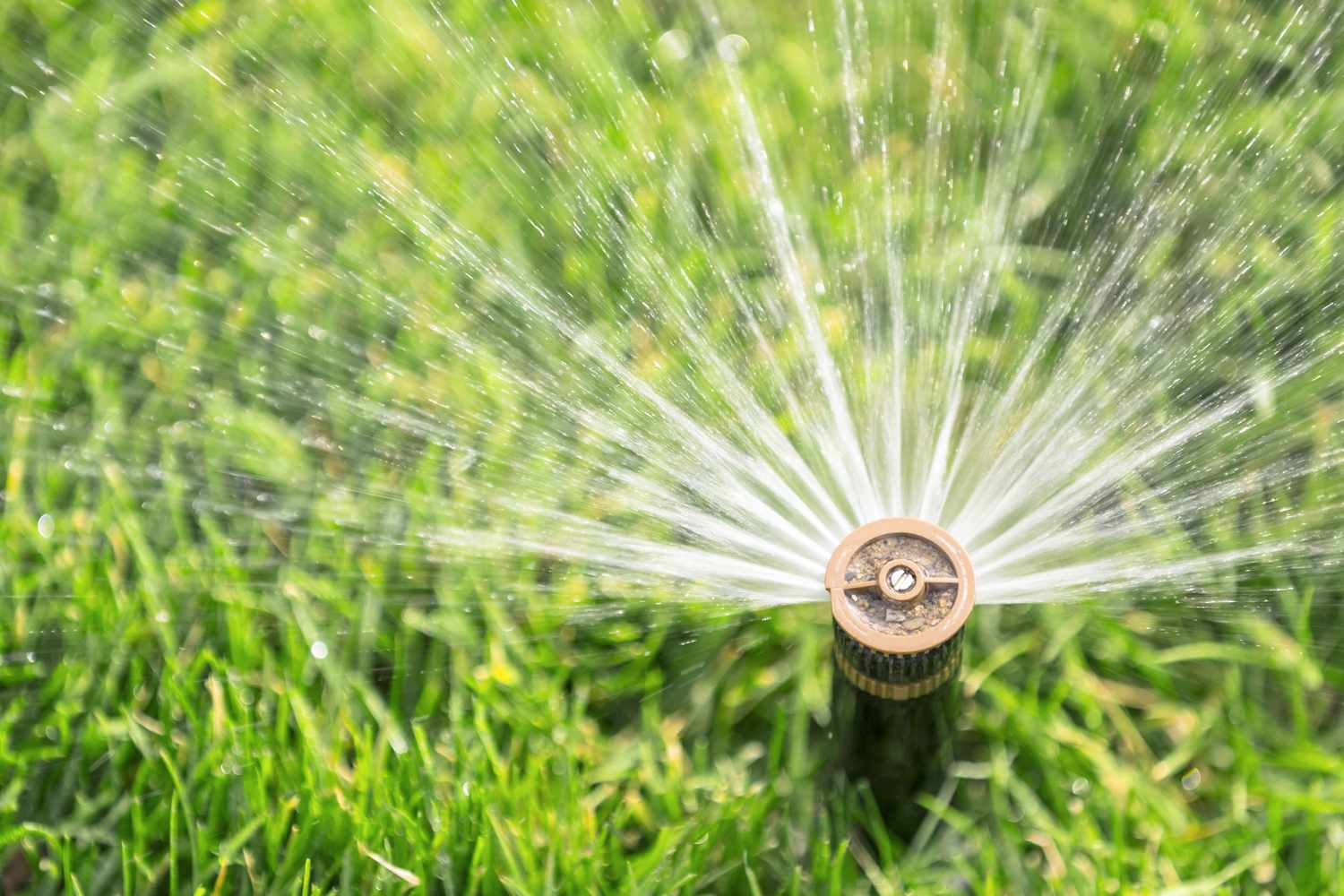
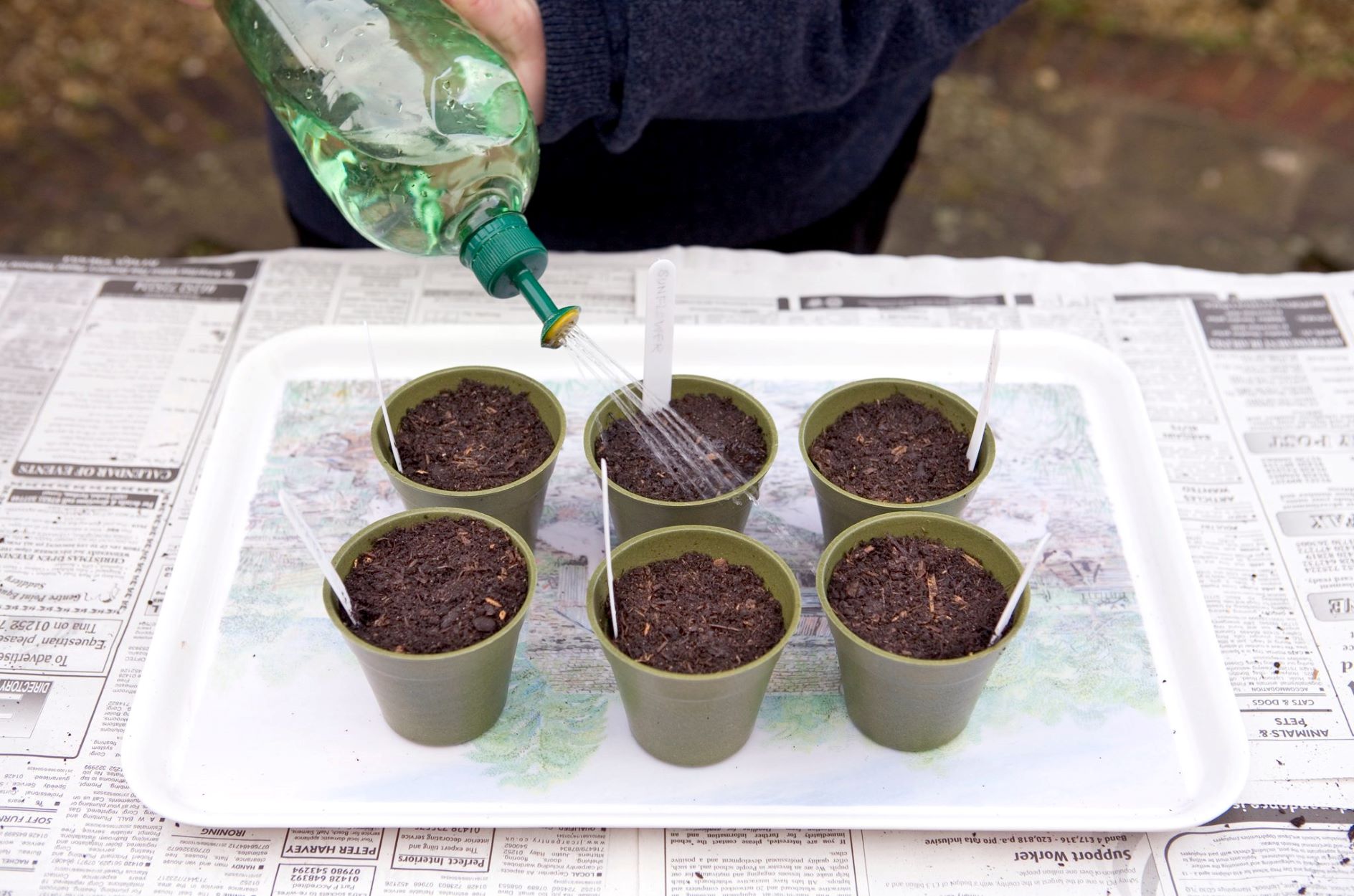

0 thoughts on “How Often Do You Water Grass Seed”